Growing grapevines in containers can be a rewarding experience, allowing you to enjoy fresh grapes even in limited spaces. Here in our Oklahoma backyard, we are in USDA Zone 7a which offers suitable conditions for grape cultivation. This guide will walk you through the process of successfully growing grapevines in containers.

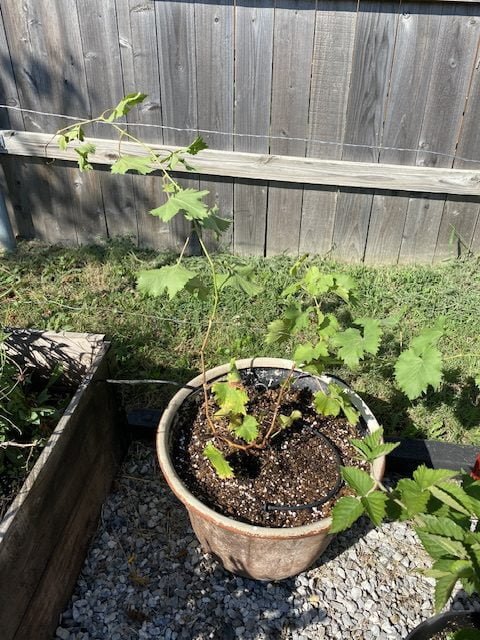
1. Choose the Right Container:
- Select a large container with a minimum capacity of 15-20 gallons.
- Ensure the container has good drainage to prevent waterlogged roots.
- Consider using a container with a trellis or install one later for support.
2. Select the Proper Grape Variety:
- Choose grape varieties that are well-suited to your growing Zone. A quick google search can help you with this. You can also check with your local extension office. Here in Oklahoma 7a, some recommended varieties include Concord, Muscadine, and Reliance.
- Make sure the variety is suitable for container gardening.
3. Planting Time:
- The best time to plant grapevines is typically in early spring (March to April) or early fall (September to October) when temperatures are mild.
4. Soil and Fertilization:
- Use a well-draining potting mix with good organic content. (our DIY Mix is perfect for grapes)
- Incorporate a slow-release, balanced fertilizer when planting. (we love Espoma Bio-Start)
- Fertilize your grapevine in early spring and late spring using a 10-10-10 or similar balanced fertilizer.
5. Container Placement:
- Choose a sunny location with at least 6-8 hours of direct sunlight per day.
- Ensure the container is well-ventilated but protected from strong winds.
6. Planting the Grapevine:
- Dig a hole in the container deep enough to accommodate the grapevine’s root ball.
- Place the grapevine in the hole and fill it with soil, leaving the top of the root ball level with the container’s surface.
- Water thoroughly after planting.

7. Trellising:
- Install a trellis in the container for support. A simple wire or wooden trellis will suffice in the beginning. You can always create something larger later down the road, as your grapevine grows.
- Train the main stem of the grapevine along the trellis as it grows.
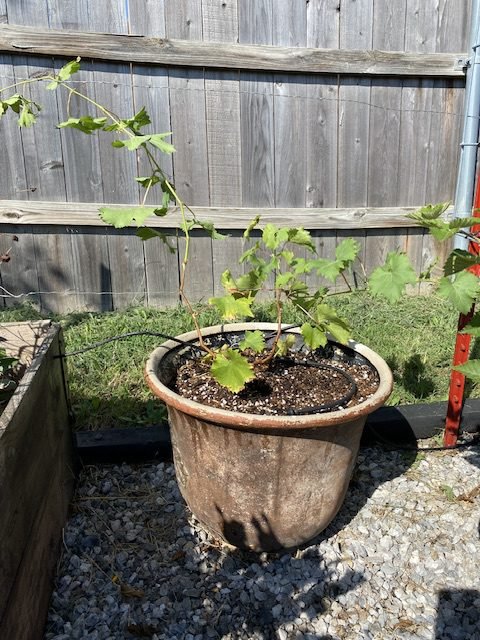
8. Watering:
- Keep the soil consistently moist but not waterlogged.
- Water deeply when the top 2 inches of soil feel dry, typically 1-2 times per week, depending on climate conditions.
- Reduce watering during the winter months.
9. Pruning:
- Prune your grapevine in late winter or early spring to remove dead or diseased growth and maintain a structured shape.
- Pruning encourages healthy growth and fruit production.
10. Pest and Disease Management:
- Keep an eye out for common grape pests like aphids, grape leafhoppers, and spider mites. – Prevent fungal diseases by providing good air circulation and avoiding overhead watering.
11. Harvesting:
- Depending on the grape variety, expect to harvest grapes in late summer to early fall, usually 2-4 years after planting. – Grapes are ready for harvest when they are plump, colorful, and taste sweet.
12. Yield Expectations:
- Container-grown grapevines may produce a smaller yield compared to those grown in the ground. – Expect to harvest a few pounds of grapes per mature vine.
Bonus Tips for Oklahoma (Zone 7a):
- Protect your grapevine from late spring frosts by covering it with a frost cloth when necessary.
- Consider using a well-draining, sandy loam soil mix that retains moisture but prevents waterlogging.
- In the summer, provide afternoon shade to prevent grapes from scorching in the intense Oklahoma heat.
- Mulch the surface of the container to help retain soil moisture and regulate soil temperature.
Growing grapes in containers requires attention to detail but with proper care and these tips, you can enjoy a bountiful harvest of delicious grapes from your own backyard.
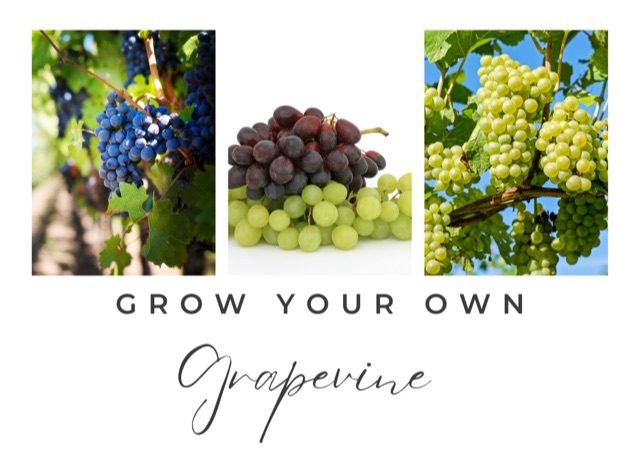


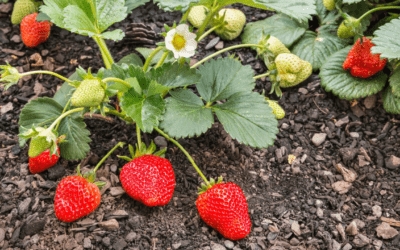
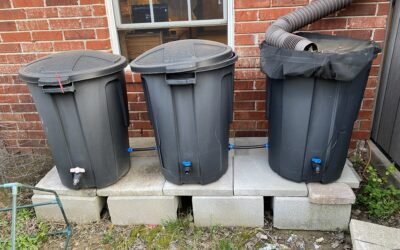
0 Comments